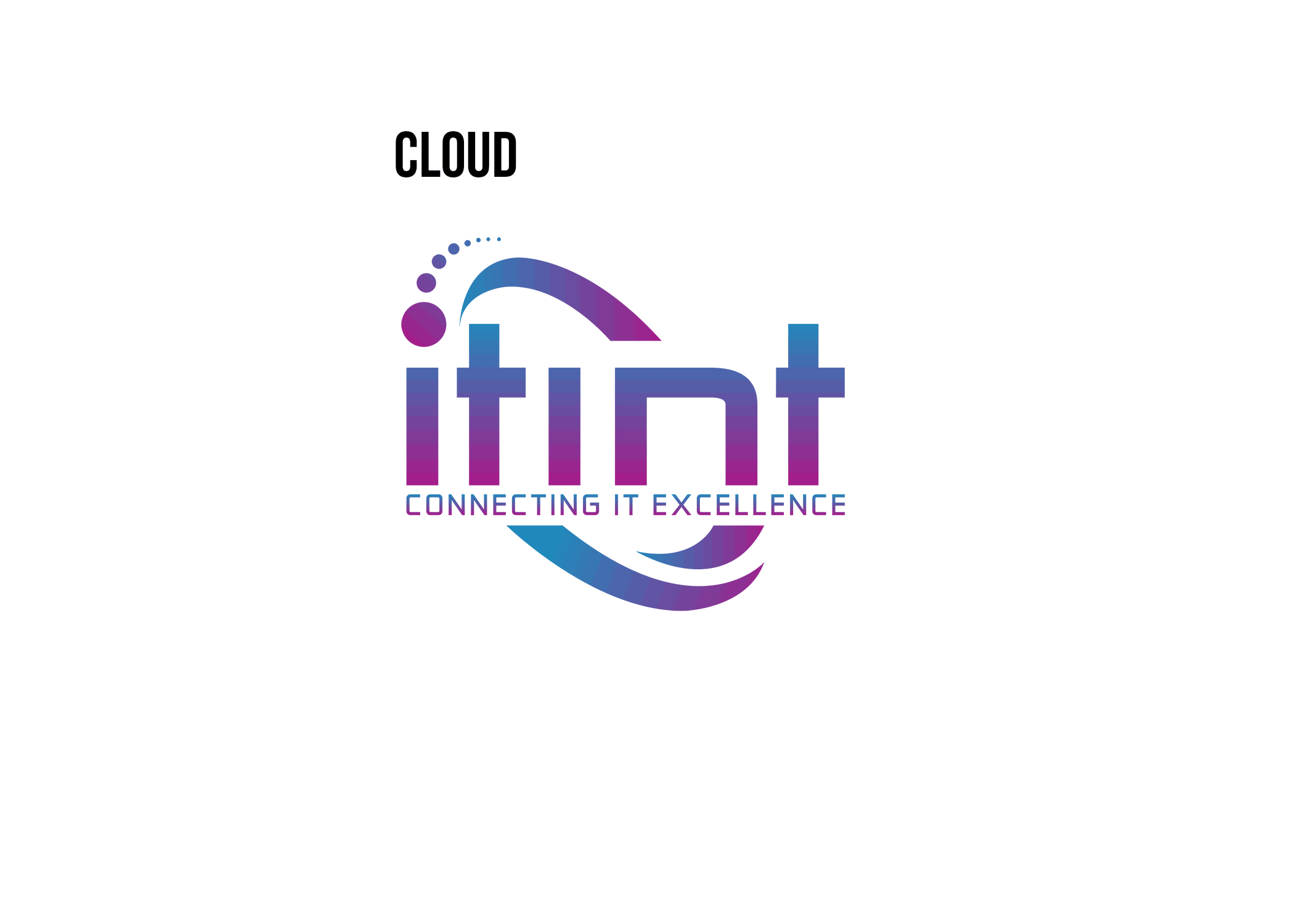By establishing CI/CD pipelines, automating development workflows, integrating APIs and SaaS offerings, building VPC networks, and developing cloud-native solutions, companies are helped to achieve always-on availability of their cloud infrastructures , enable workload mobility and realize end-to-end visibility.
DevOps is the new IT philosophy that improves an organization's ability to deliver applications and services faster than companies using traditional software development and infrastructure management processes. This set of practices and tools allows companies to better serve their customers and be more competitive in the market.
To automate manual tasks and help teams manage complex environments at scale, a variety of source control, build, and CI/CD tools are used. If you have your own IT team, we'll help you adopt DevOps practices and skills by integrating development and operations engineers who are used to working in "silos."
How to adopt a DevOps philosophy and how to implement DevOps practices:
- Continuous Integration (CI) – Software development process that helps developers find and fix bugs faster, improve software quality, and reduce the time it takes to validate and release new software updates.
- Continuous Delivery (CD) – Software development process based on continuous integration by deploying all code changes after the build phase in a test environment and/or a production environment. This way, developers always have a ready-to-use software build that has gone through a standardized testing process.
- Microservices – Microservices architectural design develops a single application as a series of small services. Each service runs in its own process, serves a specific business purpose, and communicates with other services, typically via an API interface.
- Infrastructure as Code – a practice in which infrastructure is deployed and managed using code and software development techniques such as version control and continuous integration. Therefore, engineers can treat the infrastructure similarly to application code. This approach enables faster deployment and easier management of the infrastructure.
- Monitoring and logging – Active monitoring is becoming increasingly important as services need to be highly available 24/7 and the frequency of application and infrastructure updates increases. By creating alerts or conducting real-time analysis of this data, companies can also monitor their services more proactively.
Benefits of DevOps:
- Faster innovation for customers
- Better adaptation to changing markets
- Faster response to your customers' needs
- Ensuring the quality of your software products and a positive user experience
- Building cohesive development and operations teams that work closely together, share responsibilities, and assume shared responsibility for the entire software lifecycle.
